Lenino - Snegiri
In October 1941, the Germans launched their attack on Moscow, operation Taifun. One part of the attack went along Volokolamsk motorway northwest of Moscow. The task of defending that road lay on the 16th army led by the newly appointed lieutenant-general Rokossovsky. Slowly but surely, Rokossovsky was forced to retreat closer to Moscow. But about 25 kilometres northwest of Moscow, at Lenino-Snegiri, the Russians managed to stop the German offensive at the end of november. The German supply lines were stretched, and both men and equipment were at the breaking point. Add to that the harsh winter with temperatures below 30 degrees. This meant that the germans couldn’t conduct the final push for the Soviet capital. In december 1941 it was instead the Red army that went on the offensive and forced the germans to retreat from the Capital, never to return.
Current status: Museum (2018).
Location: 55° 52' 53.57" N 37° 03' 06.06" E
Get there: Car
Follow up in books: Braithwaite, Rodric: Moscow 1941 (2006).
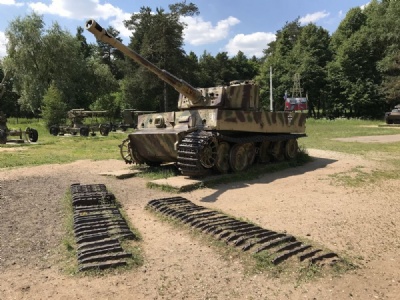
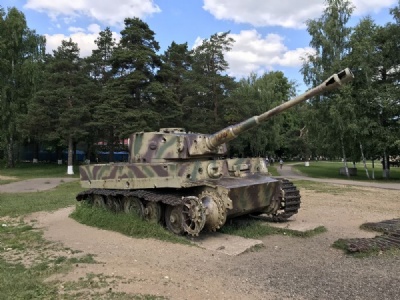
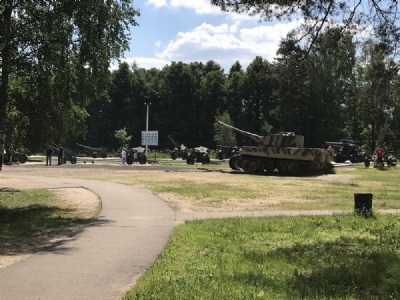
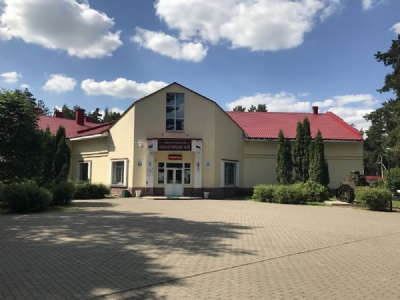
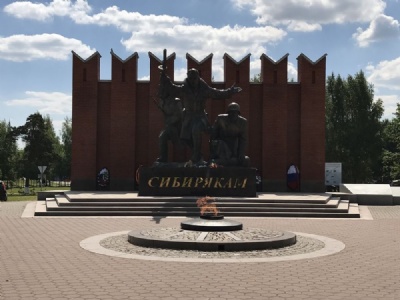
The museum is most easily reached by renting a taxi from the Tushino station for about 50 Euro round trip. This also includes the driver waiting for you while you visit the museum. The museum itself is what you would expect, unfortunately there is no English translation. But the biggest reason I visited the museum was the Tiger tank that is on display at the military vehicle park outside the museum. The Tiger was found after the war in a military training area where it was used as a target practice. It is in quite poor condition, but still, probably the most famous tank modell that roamed the battle fields ow World War Two.
This Tiger I was conquered in Kurland in 1945 and is one of six or seven preserved, albeit in varying condition. Another one is in museums in Moscow, two in France and one each in England, Australia and the United States. The last two might be in private possession. Only the one in Bovington has been renovated to runable condition with great effort.